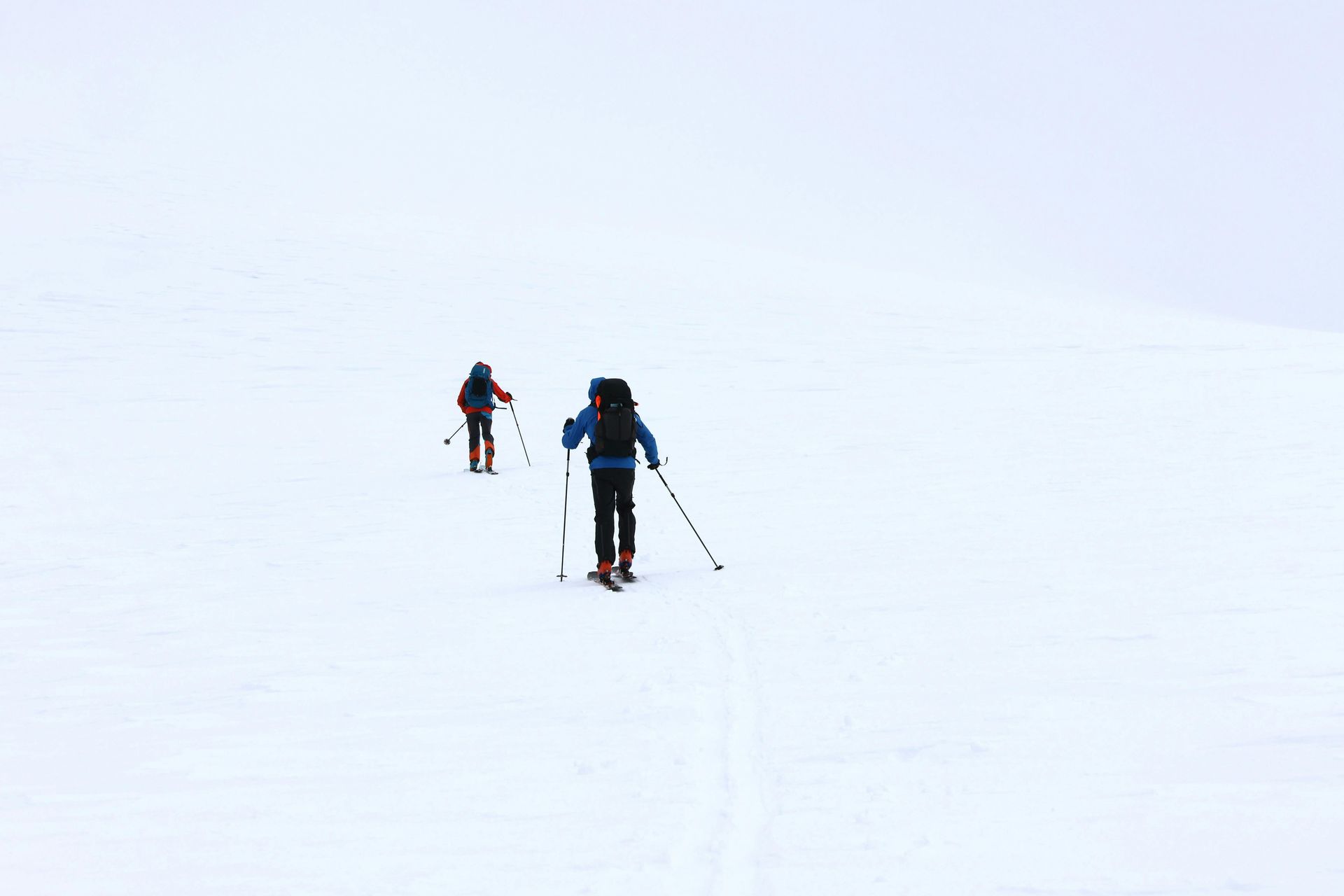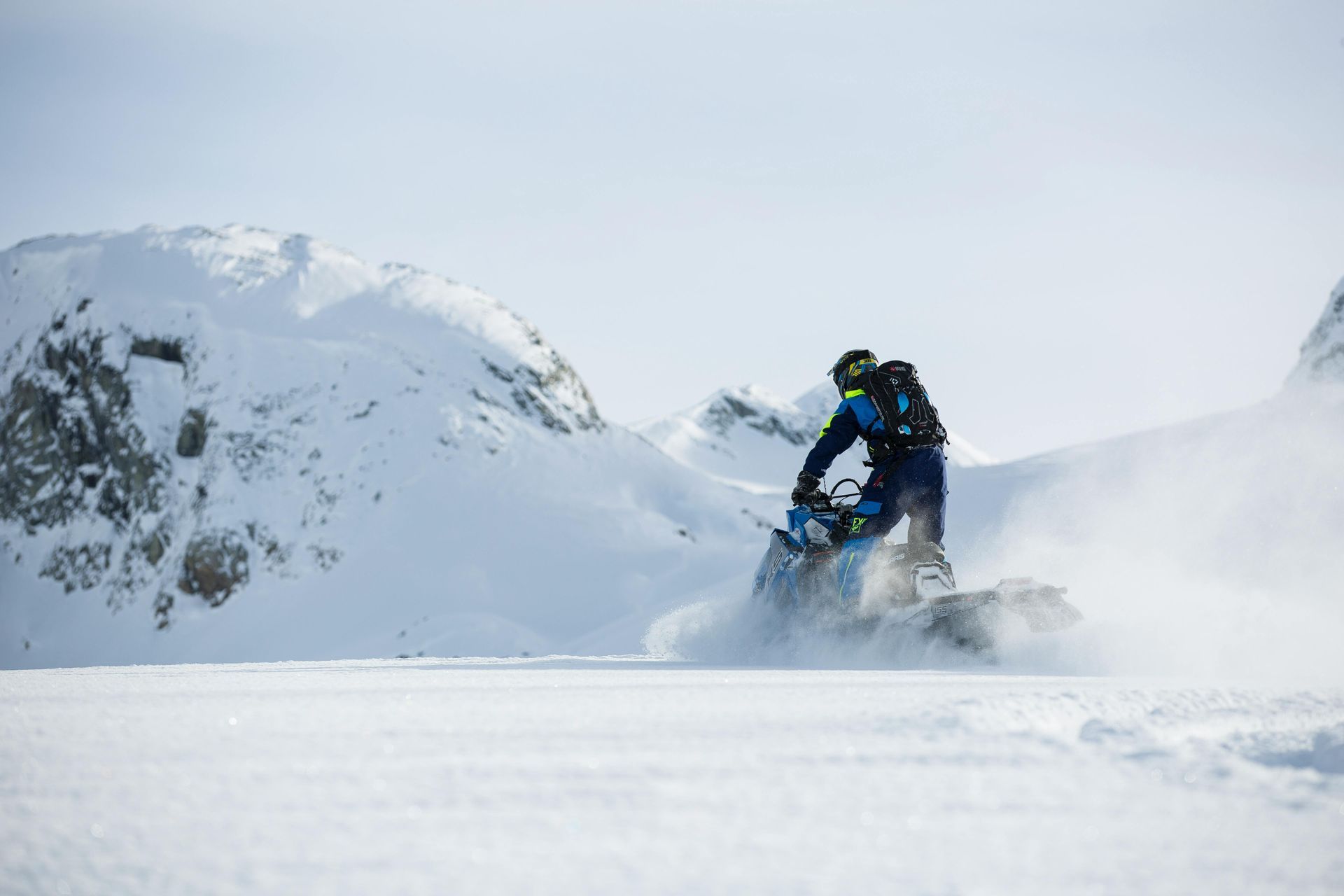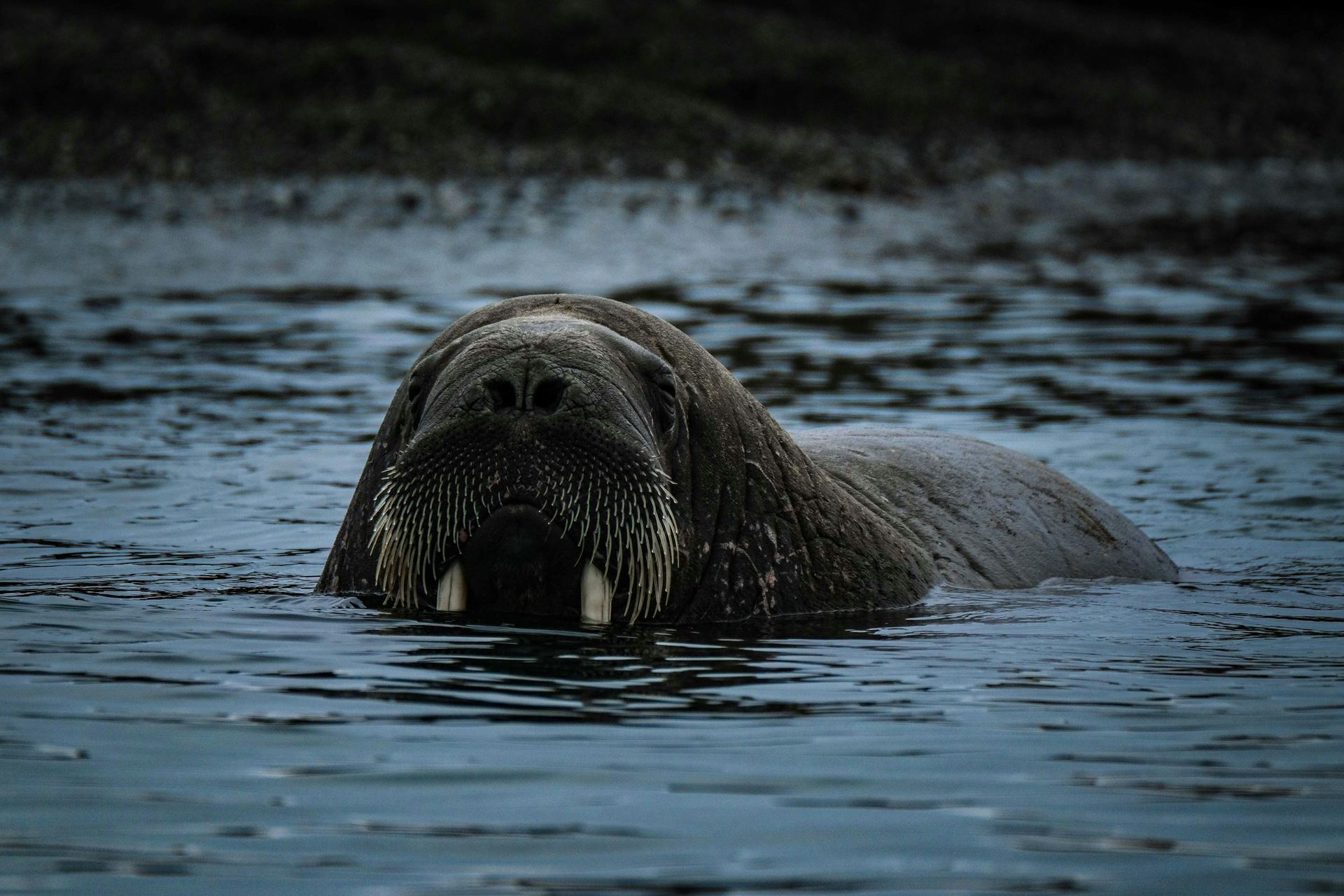How to Train and Prepare for Outdoor Adventures in Svalbard
How to Train and Prepare for Outdoor Adventures in Svalbard

Svalbard’s wilderness isn’t just a backdrop for adventure—it’s a true physical challenge. With rugged terrain, extreme temperatures, and long hours of daylight or darkness, this Arctic archipelago demands physical readiness and mental resilience. Whether you're planning a multi-day dog sledding expedition, hiking across remote valleys, or snowmobiling across glaciers, training in advance can transform your experience from simply enduring to fully thriving in this environment.
You don’t need to be an elite athlete to enjoy Svalbard, but general cardiovascular endurance is key. Activities like hiking, snowshoeing, and glacier treks can involve long distances over uneven terrain. Training with steady aerobic exercises such as running, brisk walking, swimming, or cycling three to five times a week can build the stamina necessary to keep pace with guides and group itineraries. It also helps your body cope better with fluctuating temperatures and elevation changes.
Leg strength is particularly important. Much of Svalbard’s terrain is rocky, icy, and snow-covered, requiring strong quads, hamstrings, and calves. Incorporate bodyweight exercises like lunges, squats, and step-ups into your routine. If you're preparing for snowmobiling or dog sledding, which involves extended periods of sitting or bracing yourself on unstable surfaces, core strength and back stability become crucial. Planks, deadlifts, and stability work will help with balance and endurance in the sled or on the machine.
Another often-overlooked area is flexibility and joint stability, especially in the ankles and hips. These are the first to suffer when navigating icy trails or uneven surfaces. Add stretching and mobility sessions to your weekly routine, focusing on the lower body. Yoga and dynamic warm-ups can improve your body’s ability to react to slips and shifts underfoot, which are common in Arctic conditions.
Don’t forget cold weather acclimatization. If you live in a warm climate, start training outside during early mornings or cooler parts of the day, and get comfortable wearing layers. Simulate the kind of movement you’ll be doing while bundled up. Practicing hikes or jogs while wearing a backpack or light thermal clothing gives your body a sense of how effort feels when you’re insulated, which affects breathing and range of motion.
Mental preparation matters just as much. Arctic travel can be physically draining, but also psychologically demanding. Low-light conditions during winter, the isolation of the landscape, and the absence of typical distractions can push travelers outside their comfort zones. Training your mindset through mindfulness, long hikes alone, or challenging your limits in local adventures helps build the mental toughness needed for the Arctic. In Svalbard, weather changes fast, and flexibility is key. Being physically fit means little if your mindset isn’t equally prepared for delays, cold, or uncertainty.
Gear familiarity is another underrated part of preparation. Know how to adjust your base layers, operate your gloves with cold fingers, manage your hydration system in freezing weather, and move efficiently with boots, gaiters, or snowshoes. A trial run in similar gear before your trip—whether on a local trail or ski slope—can prevent frustration and even injury. When conditions in Svalbard demand fast decision-making, knowing your gear and how your body handles it makes a real difference.
If your trip includes specialized activities like ice caving, kayaking, or ski touring, consider booking a training session or introductory course before arrival. These excursions often require specific movements or endurance levels that are hard to guess without experience. A short course or guided day trip in your home country builds confidence and physical memory so you’re not learning everything for the first time in extreme conditions.
Training for Svalbard isn’t about speed or personal records—it’s about readiness. You’re preparing to walk across ancient glaciers, climb icy ridgelines, and explore frozen fjords. A body that moves efficiently and a mind that embraces challenge will let you enjoy the Arctic as more than just a landscape. It becomes your terrain, and every stride across it feels earned.











